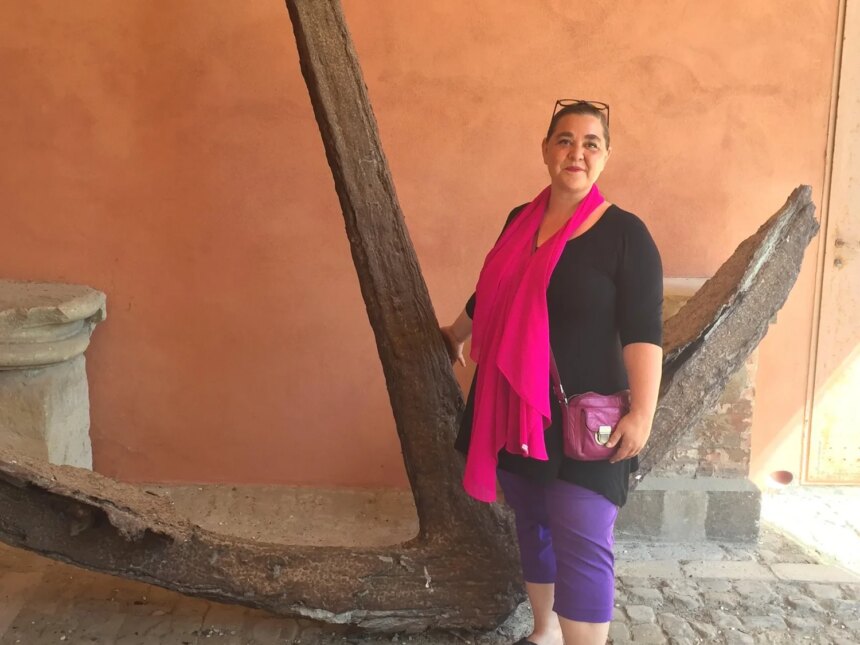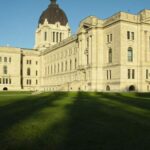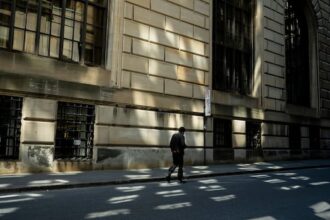In a forceful appeal to provincial lawmakers, the BC Alliance for Arts and Culture has voiced significant concerns over what they describe as “chronic underfunding” of British Columbia’s cultural sector ahead of the 2026 budget consultations. The coalition, representing over 500 arts organizations across the province, warns that without substantial investment increases, BC risks undermining its cultural infrastructure at a time when neighboring provinces are strengthening theirs.
“British Columbia has fallen behind the national average in per capita arts funding, creating an unsustainable ecosystem for our creators and cultural institutions,” said Brenda Leadlay, Executive Director of the BC Alliance for Arts and Culture. “While provinces like Quebec and Ontario have recognized the economic and social returns of robust arts investment, BC continues to operate on a funding model that hasn’t meaningfully evolved in over a decade.”
The Alliance’s submission to the Standing Committee on Finance and Government Services outlines how BC’s current annual arts council budget of $29.5 million translates to approximately $5.65 per resident—significantly below the Canadian provincial average of $8.36. This disparity becomes even more pronounced when compared to Quebec’s $13.41 per capita investment in arts and culture.
Economic analysis included in the submission highlights that BC’s cultural sector contributes over $7 billion annually to the provincial economy and employs more than 98,000 workers. Despite this substantial economic footprint, arts organizations report operating with increasingly unstable financial foundations, with many struggling to retain staff amid rising costs.
“The mathematics simply don’t work anymore,” explained Miranda Hodgins, Artistic Director at Vancouver’s Eastside Arts Collective. “When basic operational funding remains essentially flat while inflation, rent, and production costs continue climbing, we’re forced to either cut programming or risk organizational collapse. Many smaller organizations are already making these impossible choices.”
The coalition’s recommendations include an immediate increase to the BC Arts Council’s base funding by $15 million for fiscal year 2025-2026, followed by gradual increases that would bring the province’s arts investment to the national average by 2028. Additionally, they propose dedicated infrastructure funding to address the critical shortage of affordable creation and performance spaces, particularly in urban centers where real estate pressures have displaced numerous cultural venues.
Provincial response to these concerns has been measured. Finance Ministry spokesperson Eleanor Chen noted that “the government recognizes the cultural and economic significance of our arts sector,” while emphasizing that budget decisions must balance multiple priorities across health care, education, and other essential services.
Critics of the coalition’s position, including some fiscal policy analysts, suggest that increased public funding should be complemented by enhanced private sector partnerships and more sustainable business models within arts organizations themselves.
However, the Alliance counters that the arts already leverage public investment effectively, with each dollar of government funding typically generating between $7 and $12 in economic activity through ticket sales, tourism, and adjacent business support.
As British Columbia prepares for its next budget cycle amid economic uncertainty, the fundamental question emerges: can the province afford to increase arts funding substantially, or—as cultural advocates argue—can it afford not to invest in a sector that shapes both its economic prospects and cultural identity?
For more insights on Canadian cultural policy developments, visit CO24 Canada News or explore broader economic implications at CO24 Business.























